Inventory accuracy is crucial for any business to operate successfully. Discrepancies in the inventory will impact business through revenue loss, reduced service levels, increased Mean Time Taken to Repair (MTTR), etc. Organizations perform Inventory Audits- Cycle Counting or Physical counting periodically to ensure the correctness of the stock (i.e., the system quantity matches with the actual stock quantity).
Cycle Count Vs Physical Count
Let's first understand the difference between Cycle count and Physical count. The. Cycle counting is performed at periodic intervals for a subset of inventory, whereas physical counting is performed on the entire inventory once a year. Cycle counting is a more efficient way to maintain inventory accuracy as it reduces the requirements of labor and time required for physical counting and proactively reduces the inventory variance.
In the Maximo EAM/CMMS system, you can define cycle count frequency for each item or group of items based on the ABC classification, i.e., define one standard frequency for A ( Fast moving), B ( Average Moving), and C ( Low moving) class items. The Maximo will calculate the count due date based on the frequency, and the cycle count can be performed using the count date.
Challenges in performing Inventory Audits
The organizations traditionally perform inventory audits (cycle/ physical counts) manually. This manual process is time-consuming and requires more resources to complete the task. The count sheet is to be printed from Maximo, and the users need to perform double work as they have to enter the count on a paper and then enter it again in Maximo.
- Double-entry of data: The count sheet has to be printed from Maximo, and the users need to perform double work as they have to enter the count on a paper and then re-enter it in Maximo.
- Unavailability of real-time data: The count sheet has to be printed well ahead of the inventory audit and therefore, the current stock displayed will not be real-time. Real-time data is critical as the stock constantly moves in and out of the storerooms.
- Unable to update data anywhere: The user has to update the data in Maximo only after the inventory audit is complete.
- Data entry errors: The user can enter stock for the wrong item due to the non-availability of item images and other item details required during verification.
- More resources: The organizations need to plan more resources to perform the inventory audit manually.
- Longer time: The inventory audit takes more time to complete due to the non-availability of relevant data and double-entry of data.
How can Mobile help?
Using a mobile for Inventory audit addresses all the challenges listed above. A native mobile app for Maximo, such as the EAM360 Mobile app, can provide a specific user interface for inventory counting.
- The mobile app displays real-time details such as Item #, description, existing quantity, and an image of the items for easy identification, and the user can update the actual quantity directly from anywhere.
- The mobile app helps to improve data accuracy with Bar/QR code scanning and helps to enter the data faster with a few clicks.
The following screenshot displays the inventory count UI of the EAM360 mobile app where users can view the real-time data as required and can update the actual quantity directly.
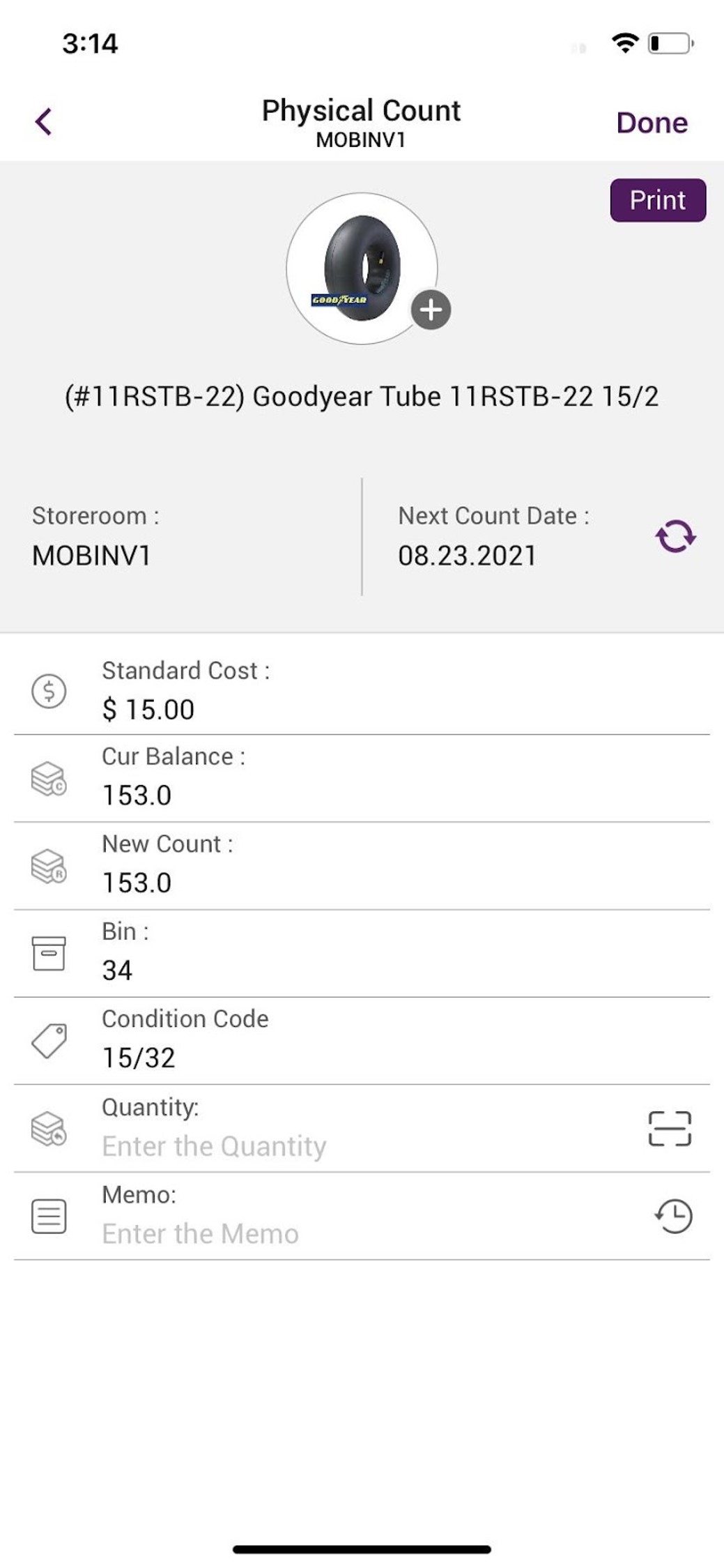
The user can also use the bar/ QR code of the items to enter the quantity.

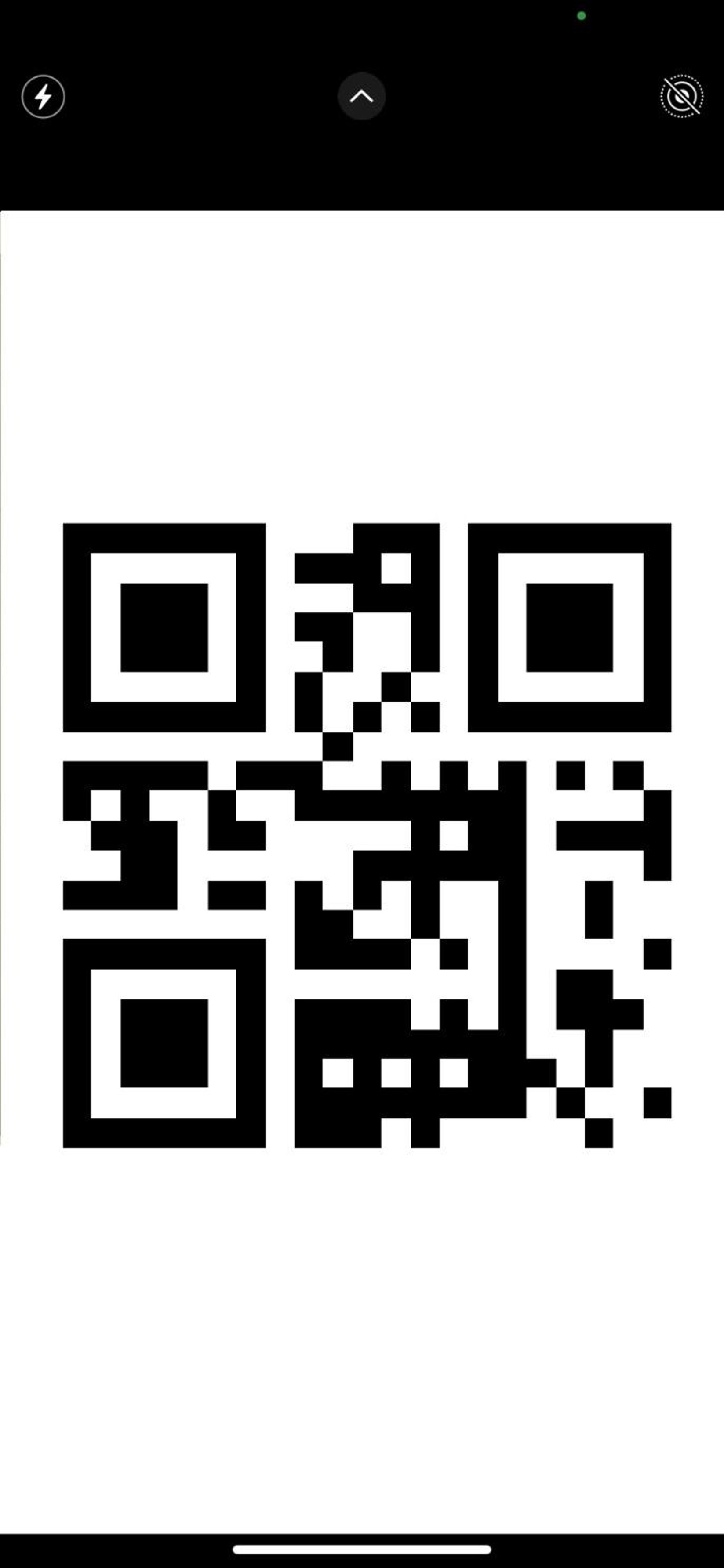
The user can leverage beacons (a device that can store and emit inventory data using Bluetooth technology) to display the list of the items in a particular rack and enter the actual count directly.
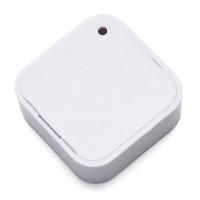

Cycle Count using the Mobile
The mobile app can list inventory items based on the Due Date to perform the cycle counting. The user can view the list of items scheduled for counting for today or this week and complete the counting on those items.
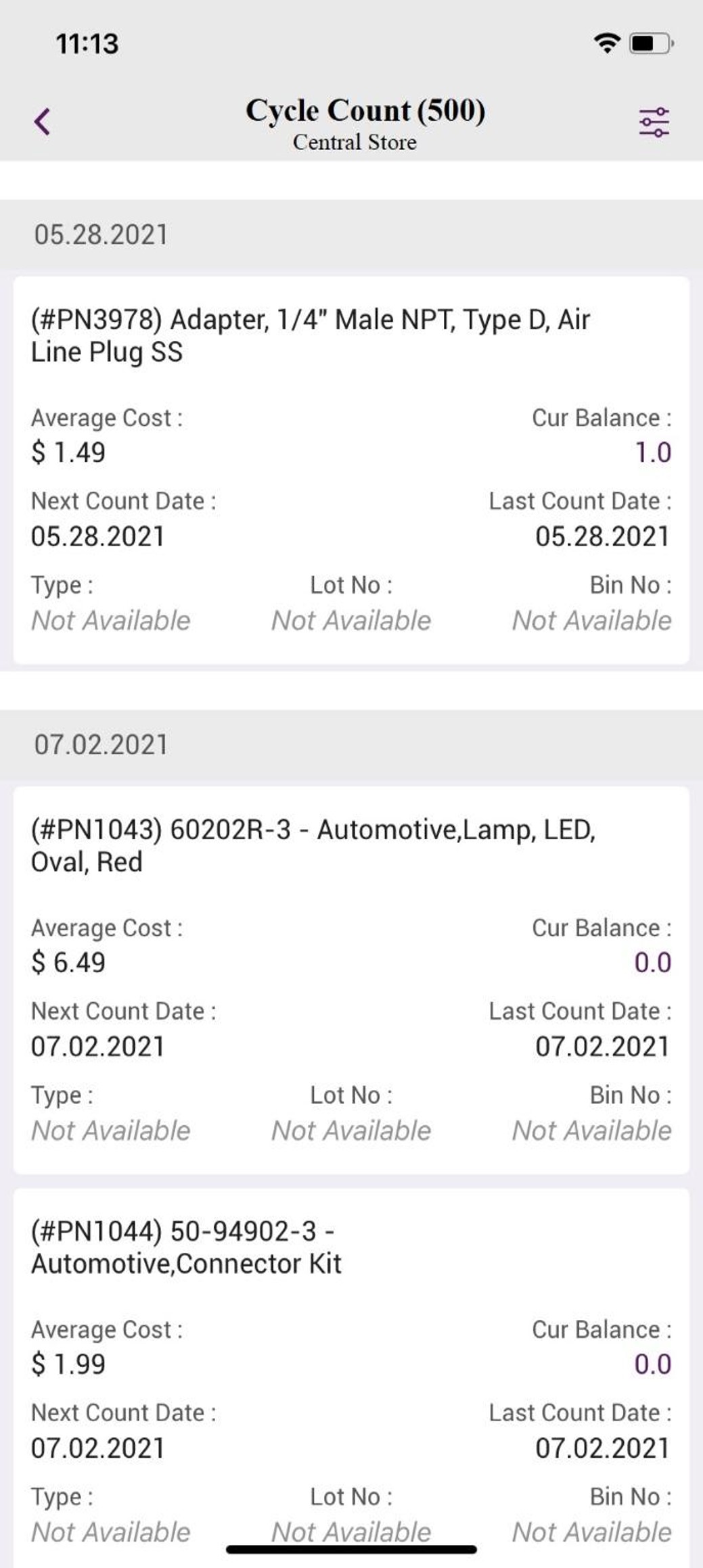
The Mobile app can provide the "Look ahead by days" option. The user can choose the period to get the list of Items due for the count within the specific period.
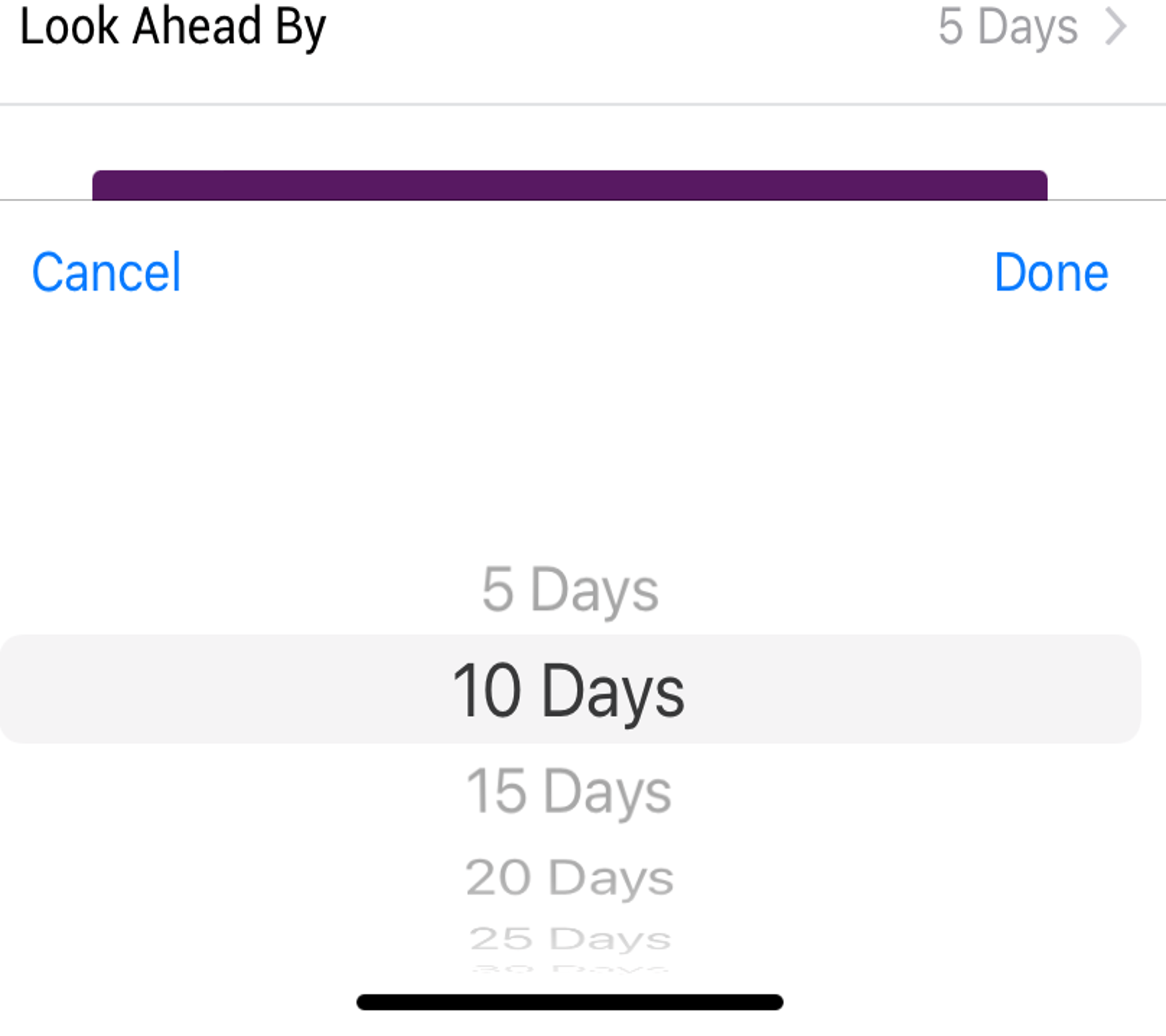
Physical count using the Mobile
The mobile app can list items based on the selected storeroom to perform the physical counting of that specific storeroom. The users can view the complete list of Inventory Items available in that storeroom to perform physical counting.
The user can also sort or filter the items based on the Bin to perform the audit sequentially and enter the actual quantity.
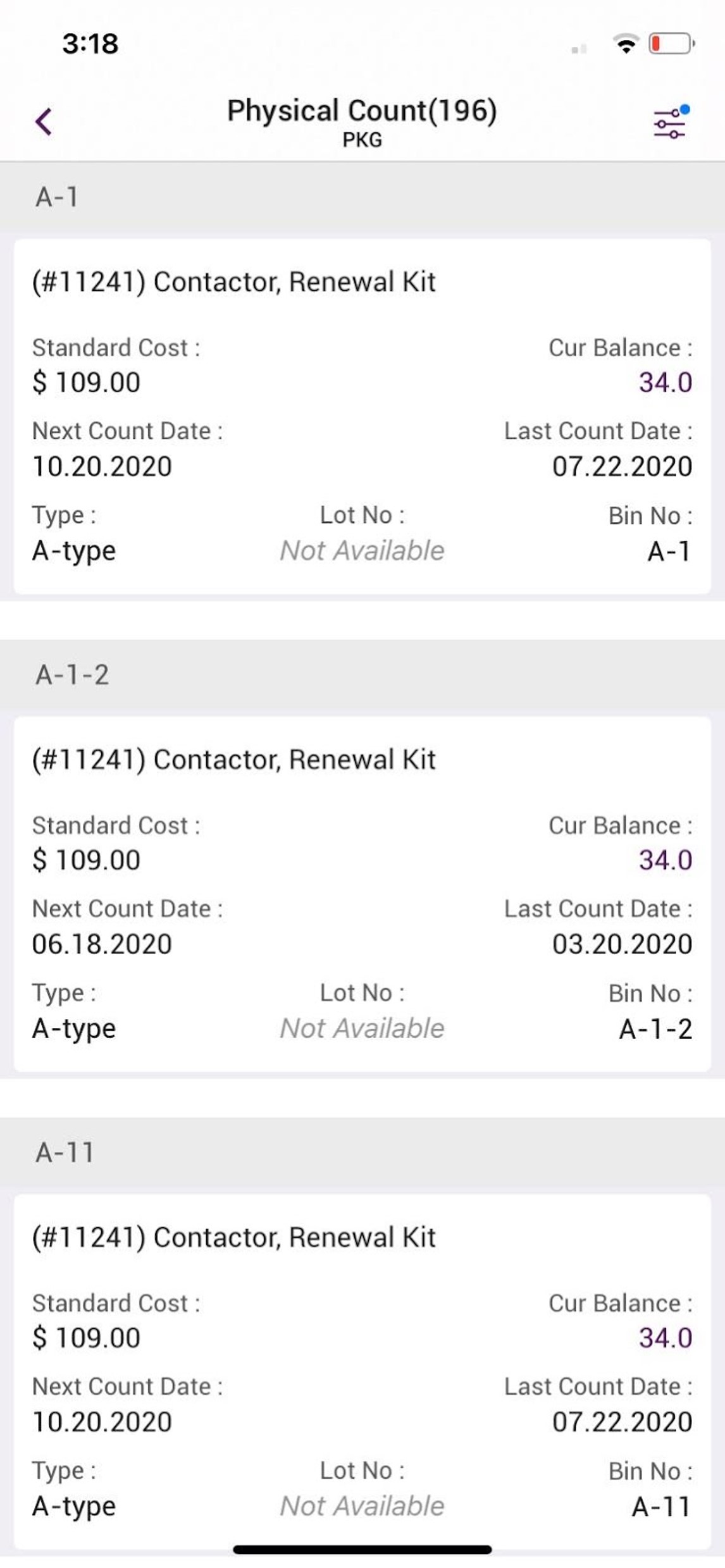
The app can provide the option to perform blind counting. Once the option is enabled, the app hides existing stock quantity, and the user will have to enter the actual quantity without viewing the current stock quantities.
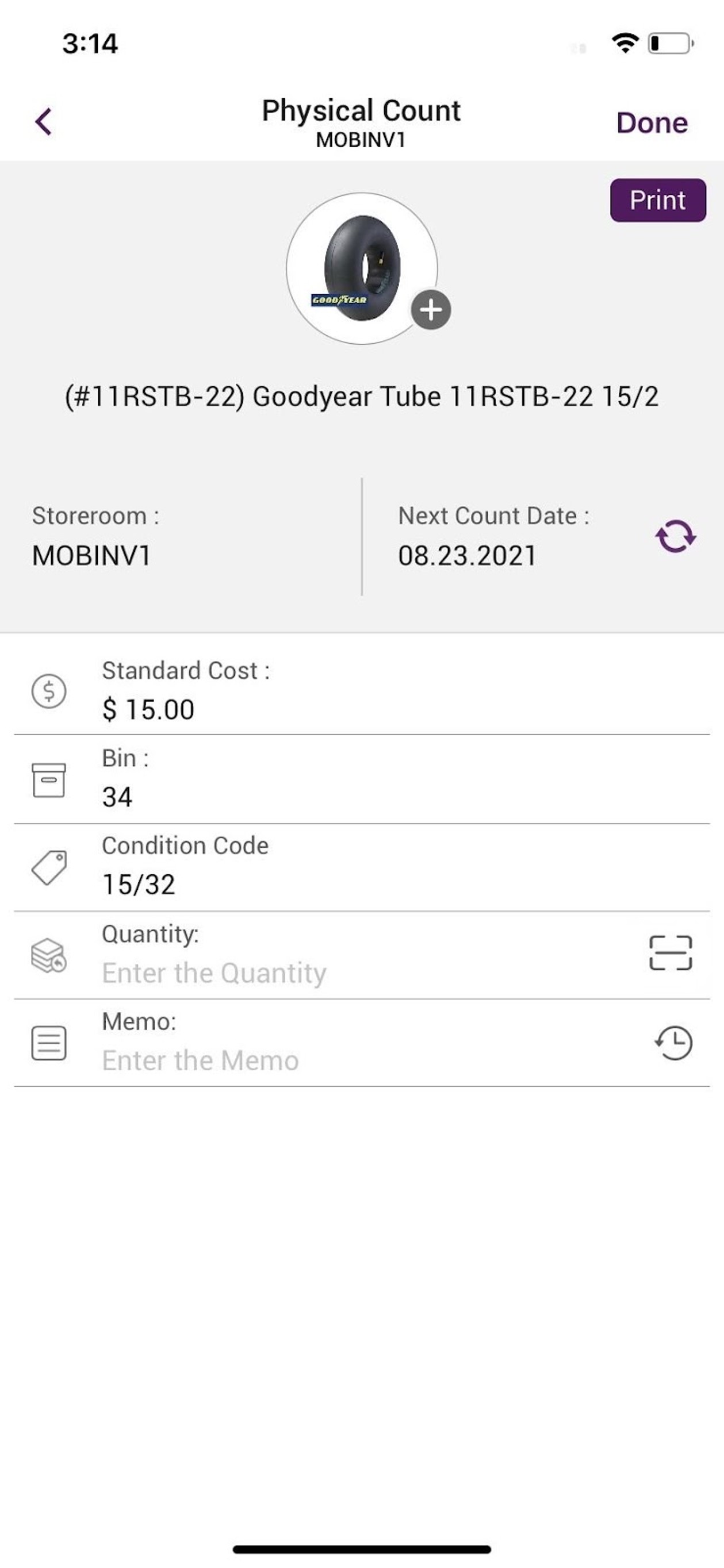
Once the actual quantity is entered, the items will be flagged as “To Reconcile,” and the supervisor or other authorized users can view those items and perform the reconciliation, which will update the entered quantity as the actual quantity.
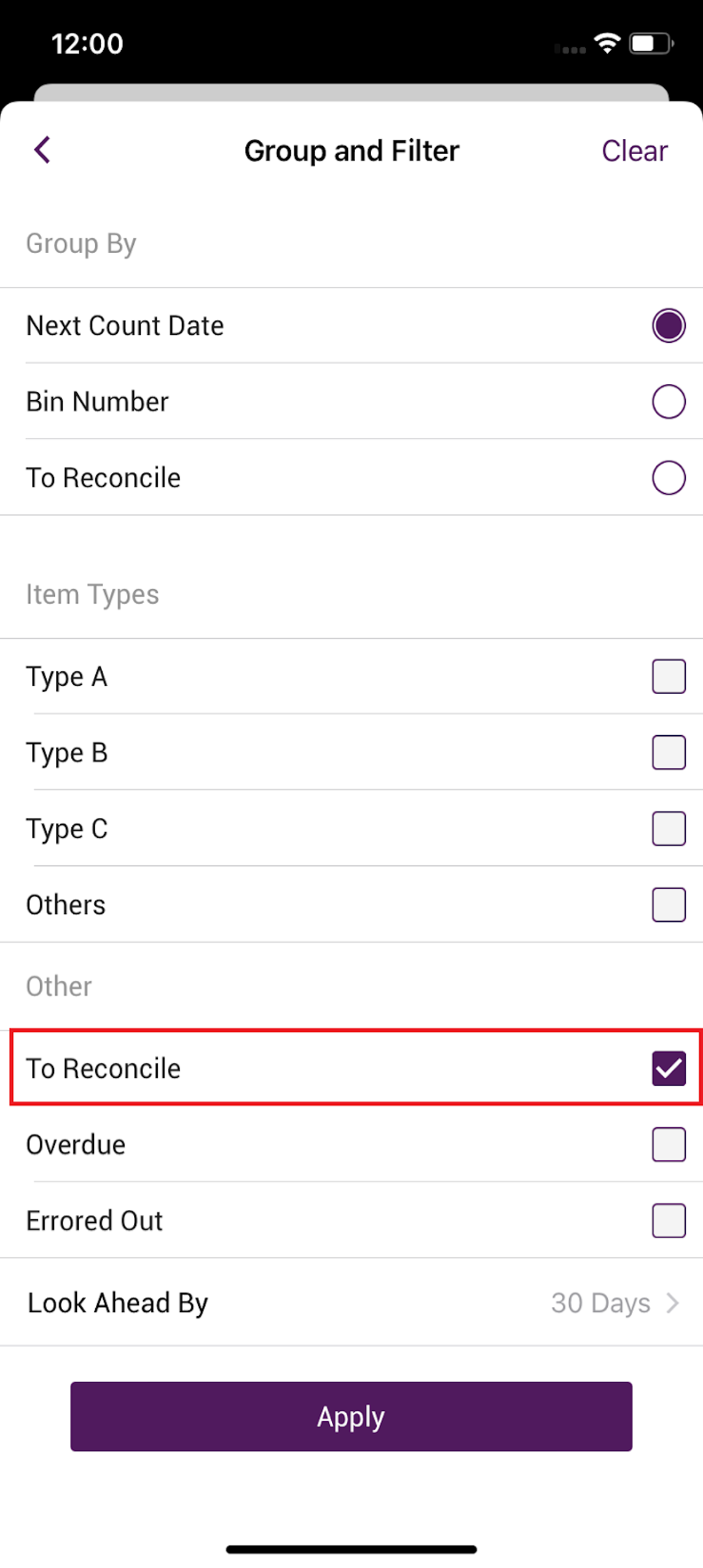
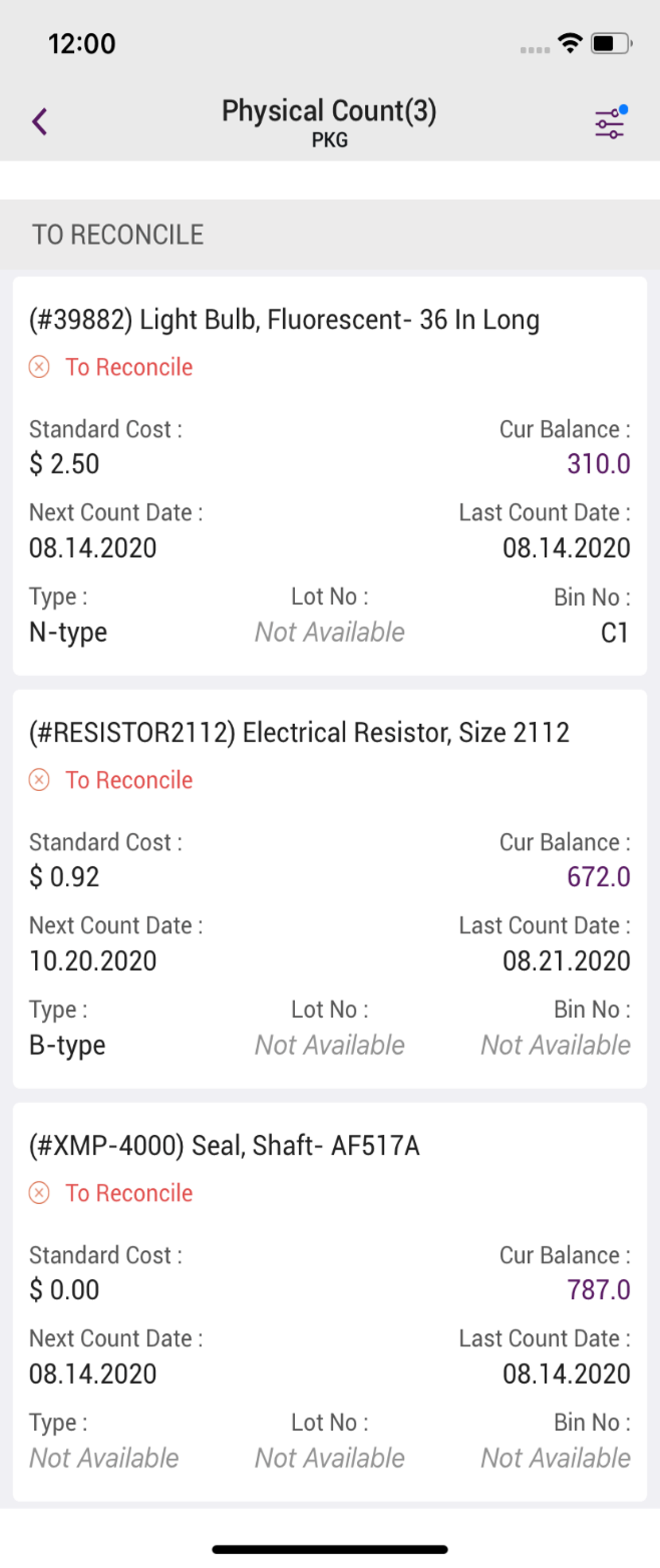
Author:
Business Analyst




